Pause in a park or field in summer and look out across the grass and you’ll see a multitude of thin, earthy tracks breaking up the swaths of green like shatters in a pane of glass. These are most commonly known as desire paths – although other names include cow paths, desire lines, pirate paths or social trails – and are created when humans (or animals) are drawn in the same direction over and over, flattening the grass and eventually wearing it away.
The term ‘desire path’ was coined by French scientist, philosopher and poet Gaston Bachelard in his 1958 book La Poétique de l’Éspace (or ‘The Poetics of Space’). He described them as paths ‘created by usage’ which pedestrians have taken to get ‘from point A to point B more quickly than the predetermined paths (like sidewalks) that have been put in place’.
The French Marxist theorist Guy Debord wrote in the 1950s that ‘progress means breaking through fields where chance holds sway by creating new conditions more favourable to our purpose’. Creating these ‘new conditions’ can play into the often obstinate nature of human beings. There are paths which shave the tiniest corner off a paved intersection, defiantly disobey prominent ‘keep off the grass’ signs or force their way through hedges and fences. I’ve seen paths which seemingly lead to nowhere, strengthened by collective nosiness – or up hills to lookout points, helpful markers left by others who have enjoyed the same view. Glastonbury is covered with them: paths beaten into the ground by weary revellers heading back to their tents. Long after the festival ground is cleared, a network of weaving, wobbling tracks remains. There are even virtual desire paths built into the landscape in certain video games.
Desire lines often denote places where life and movement supersede order and architectural design. Some architects have decided to work with, rather than against, this expression of human desire: following the paths that ought to have been built rather than those that were. Michigan State University, for example, was initially built without footpaths. The architects left the students to create desire paths – demonstrating the most direct or natural route between buildings – and then filled those in with Tarmac. In Finland, city planners watch for the first tracks made in fresh snow and sketch ideas from the trails left behind. Architect Riccardo Marini traces lines of dropped cigarette butts and chewing gum across London to decide where benches should be placed.
Perhaps the most successful desire path is New York’s Broadway. According to some urban planners, the route was initially formed by Native American settlers, connecting conurbations across swampland which, in time, gave way to high rises.
Desire paths serve as a physical testament to human decision-making, a celebration of collective disobedience. Next time I cut a corner or push my way through the undergrowth, I’ll hope my small act of rebellion will one day become a beaten track.
Got something to add? Join the discussion and comment below.
Get 10 issues for just $10
Subscribe to The Spectator Australia today for the next 10 magazine issues, plus full online access, for just $10.
You might disagree with half of it, but you’ll enjoy reading all of it. Try your first month for free, then just $2 a week for the remainder of your first year.

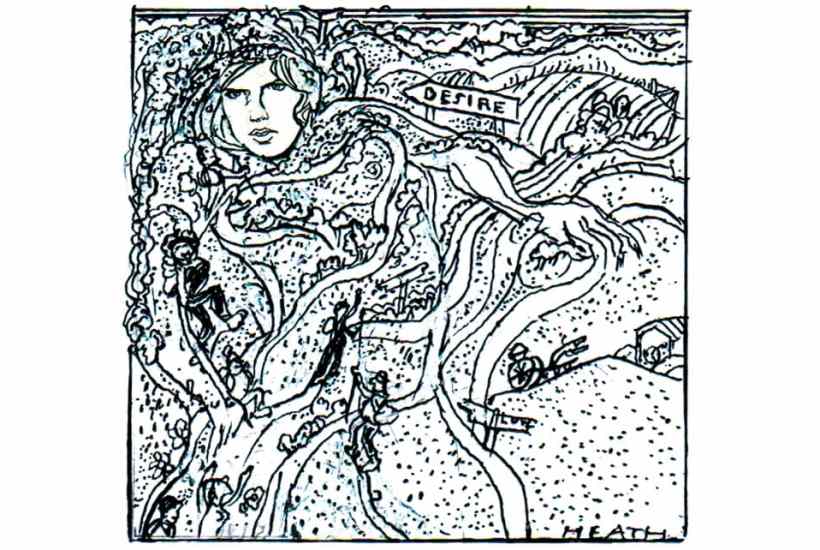
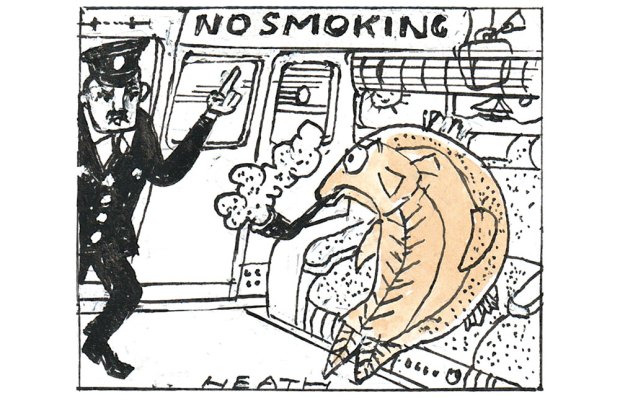
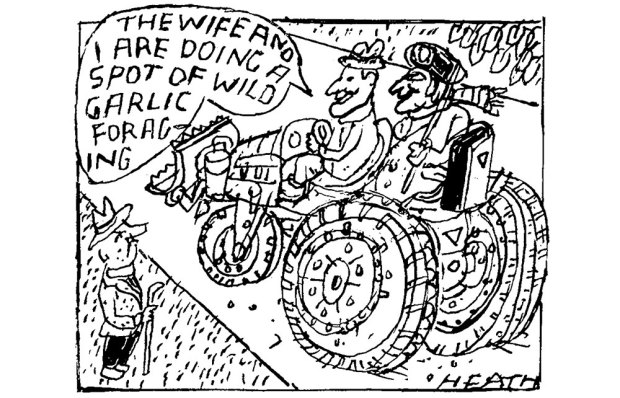
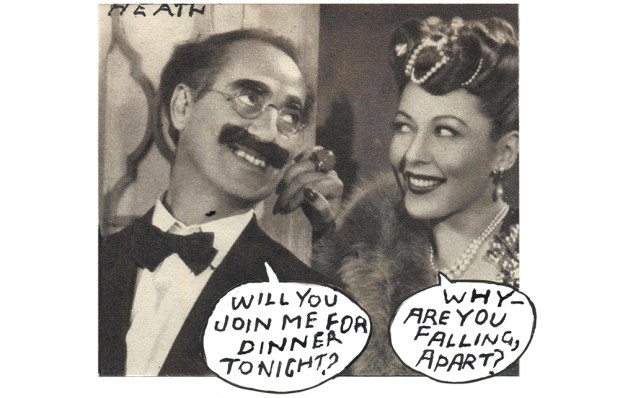
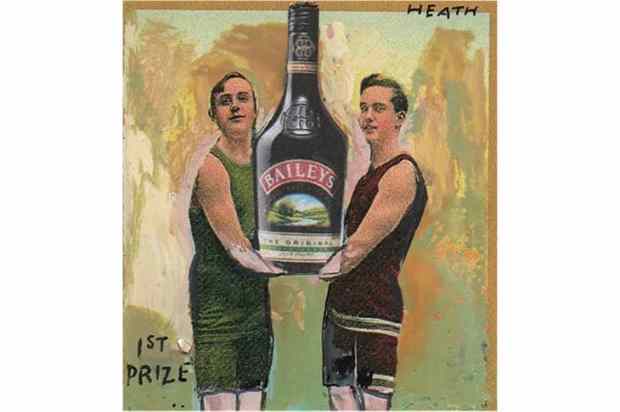
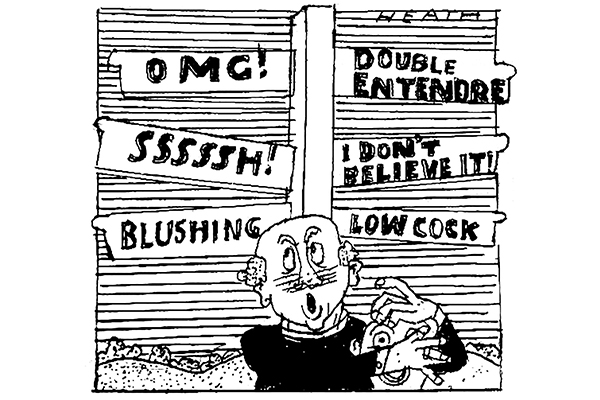
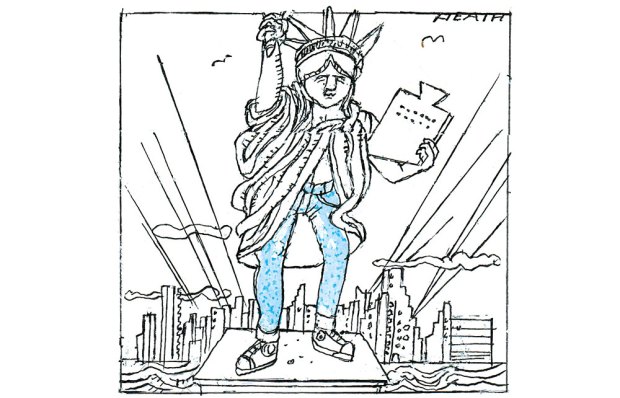






Comments
Don't miss out
Join the conversation with other Spectator Australia readers. Subscribe to leave a comment.
SUBSCRIBEAlready a subscriber? Log in